Tag: hypertension
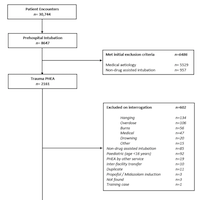
Critical Hypertension in Trauma Patients Following Prehospital Emergency Anesthesia
Delivery of prehospital emergency anesthesia (PHEA) to seriously injured trauma patients risks hemodynamic fluctuation. In adult trauma patients undergoing PHEA, 11.9% of patients experienced post-PHEA critical hypertension.... read more

Hyperlipidemia in Immune Thrombocytopenia
A high proportion of ITP patients suffered from metabolic disorders, especially hyperlipidemia. Patients with hyperlipidemia may have more severe bleeding symptoms and worse responses to ITP treatments. Statin may help... read more
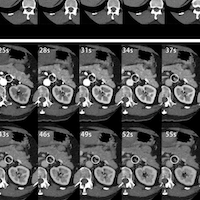
The Hemodynamics of Adrenal Veins with Four-dimensional CT Using Quantitative Time-density Curve
Present study quantitatively analyzed adrenal venous flow using four-dimensional computed tomography (4D CT). We reviewed 4D CT images of 55 patients [mean age, 52 years ± 11 (standard deviation); 23 females] who underwent... read more

Epidemiology of Surgery Associated Acute Kidney Injury (EPIS-AKI)
In a comprehensive multinational study, approximately one in five patients develop PO-AKI after major surgery. Increasing severity of PO-AKI is associated with a progressive increase in adverse outcomes. Our findings indicate... read more

Pulmonary Hypertension: Basic Science to Clinical Medicine
This book provides the framework for a singular reference in the field of pulmonary hypertension. Pulmonary vascular disease is a complex and heterogeneous condition characterized by remodeling of distal pulmonary arterioles... read more
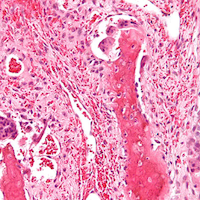
Hypercalcemia of Immobility in Critically Ill Patients
Significant hypercalcemia can occur in intensive care unit (ICU) patients. Immobilization hypercalcemia has been infrequently reported after ICU admission. Patients, therefore, usually require extensive workup to rule out... read more

Inhaled Epoprostenol Compared With Nitric Oxide for Right Ventricular Support After Major Cardiac Surgery
Right ventricular failure (RVF) is a leading driver of morbidity and mortality after major cardiac surgery for advanced heart failure, including orthotopic heart transplantation and left ventricular assist device implantation.... read more

Outcomes and Characteristics of Cardiac Arrest in Children with Pulmonary Hypertension
In this prospective study of children who received CPR in intensive care units, a pre-existing diagnosis pulmonary hypertension was present in 16% of children but was not associated with statistically significant differences... read more
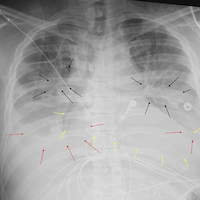
Hemodialysis as an Effective Treatment for Combined Amlodipine and Metformin Overdose
Introducing emergency dialysis will lead to significant outcomes in mortality and morbidity in patients with combined toxicity of amlodipine and metformin. Moreover, non-ST elevation myocardial infarction is also expected... read more

Severe Hypertriglyceridemia: A 10-Year Review
This study shows the morbidity profile associated with severe hypertriglyceridemia (SHTG), with a high level of ICU admissions and also a high level of the use of plasmapheresis. In our population, this approach had good... read more
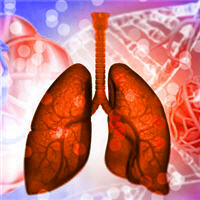
Patients With PAH Face Unique Considerations for Lung Transplantation
Insights from a new paper outline the unique considerations and management approaches for patients with pulmonary arterial hypertension (PAH) undergoing lung transplantation. Currently approved treatment options for Group... read more
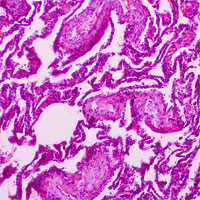
Coronary Sinus Value During CTPA for Predicting Pulmonary Hypertension in Patients with Acute Pulmonary Embolism
The coronary sinus ostium area (CSOA) and coronary sinus ostium diameter (CSOD) demonstrated a good ability to predict PH. However, the CSOA exhibited a better performance for predicting development of PASP >30 mmHg. CSOA... read more
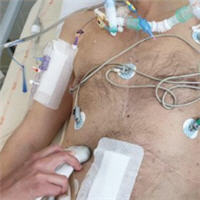
Significant Persistent Pain Symptoms After Critical Care Illness
Persistent pain could be a common health problem after critical illness care. Our data also suggest that there is a lack of specific follow-up after ICU discharge. Given the major consequences on patient quality of life,... read more
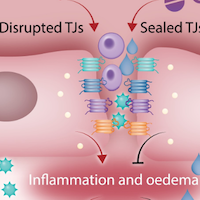
Acute Ischemic Stroke: Recent Advances in Reperfusion Treatment
Stroke is a major clinical challenge. The authors note that during the last 5–7 years, tremendous progress was achieved in the reperfusion treatment of acute ischemic stroke during its first few hours from symptom onset.... read more




